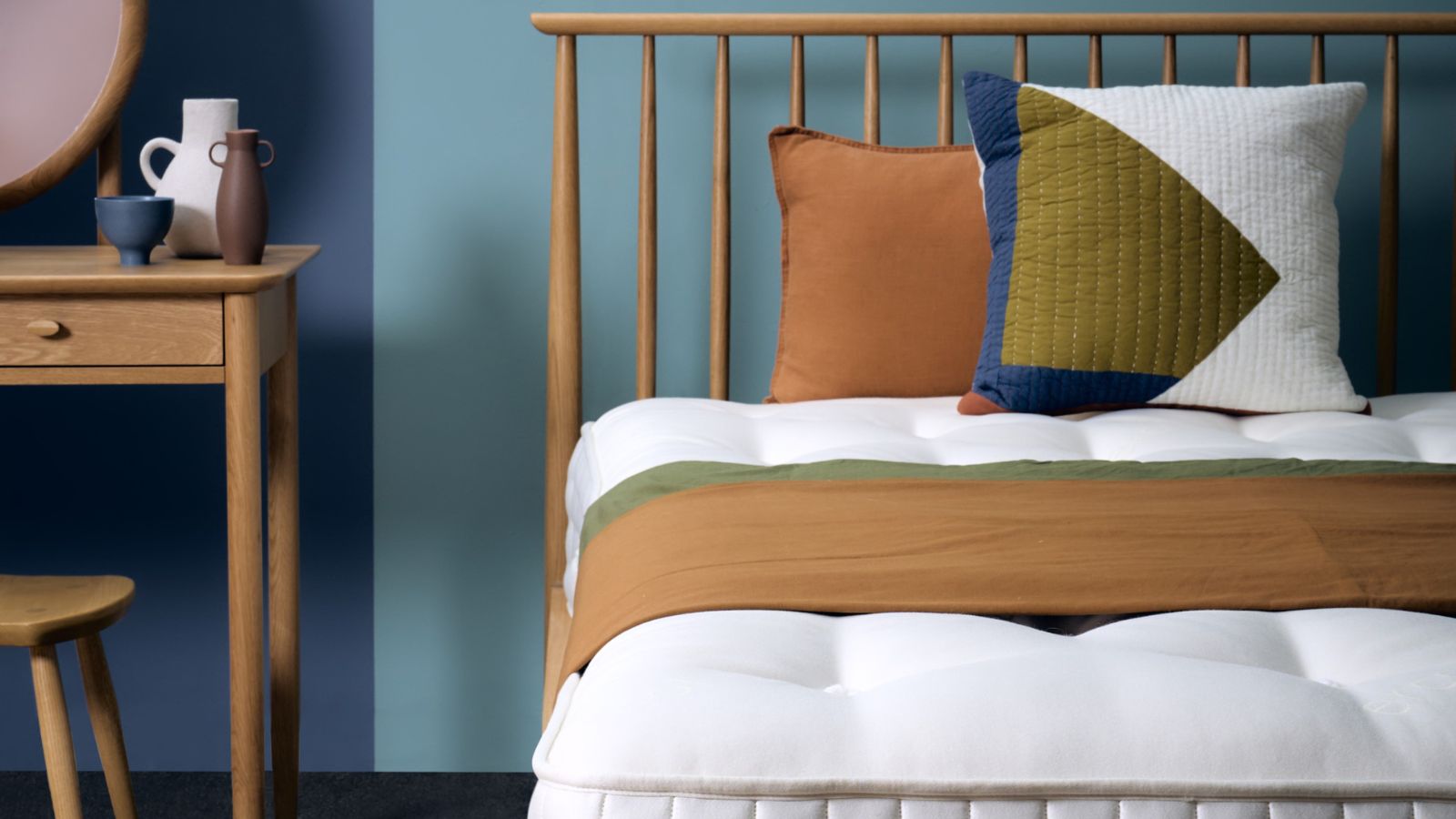
Of all the potential hidden spots where mold can thrive in your home, your mattress is not only highly susceptible to mold growth but can also be the most hazardous spot for it to grow for your health. Suffice it to say, it's crucial to know the warning signs indicating it is growing in your mattress.
Mold growth on a mattress is a serious concern, affecting both its longevity and the health of those who sleep on it. Common types of household mold thrive in warm, humid environments, making mattresses an ideal breeding ground, especially in climates or rooms prone to moisture buildup.
Early detection is key to addressing this issue promptly and effectively, safeguarding your health and preventing you from needing to replace your best mattress prematurely.
Spotting the early signs of mold on your mattress
In addition to checking for mold in your mattress, it's also important to identify the reason for its development, such as a constant source of moisture. Addressing these problems and adopting daily habits for a mold-free home will prevent mold from growing in the future.
The early signs of mold on your mattress

By recognizing the early signs of mold in your mattress, you can take proactive measures to address this issue swiftly and ensure a clean and healthy sleep environment.
Discoloration
Dark spots or discoloration on the mattress surface are common indicators of mold growth. In its earliest stages, you may notice some faint stains or outlines that gradually fill in or darken over time. If you observe dark spots, patches, or stains of different colors, such as yellow or pink, it's likely that mold has infiltrated your mattress.
Musty Odors
Identifying the smell that indicates mold growth is one of the best ways to identify mold on a mattress before it becomes visible.
Mold often emits a distinctive, musty odor. This is one of the most common early signs of its presence. If you detect a strong, unpleasant smell emanating from your mattress, particularly if it's concentrated in specific areas, it could indicate mold growth.
Triggered allergies
Do you ever wake up congested, sneezing, and wonder what's going on with your mattress? Barbara Stern, Editor-In-Chief and bedding expert at Ottoman Textiles explains: 'If you experience increased allergies, respiratory issues, or skin irritations without an identifiable cause, it could be a sign of mold spores in the mattress.'
Why you need to remove mold quickly

Barbara Stern, explains why it's so vital to remove mold in your mattress as soon as you spot the signs it's there: 'Mold can spread quickly through porous materials, causing structural damage and reducing the mattress's lifespan.'
'Exposure to mold spores can also lead to serious health issues, including allergic reactions, respiratory problems, and skin irritations. The longer the mold persists, the greater the health risk.' Not only will the mold grow, becoming more dangerous, with more mold spores to breathe in, but you'll also be breathing in the spores for around eight hours every single night, which is very hazardous.
'These health risks can spread throughout your house from your moldy mattress as they become airborne,' warns Katie Lambert, Owner of Clean Queen Denver. 'Your mattress’ health is in danger as well as mold eats away at its materials and fibers, possibly ruining it completely prematurely.'
Acting fast to remove the mold preserves the mattress's integrity and safeguards the well-being of those sleeping on it. While deep or extensive mold damage may necessitate a professional’s help, if you catch the mold damage early, you may be able to clean it yourself.
FAQs
How can you prevent mold growth on a mattress?
To prevent mold growth, it's essential to maintain a dry sleeping environment. Use a dehumidifier in the bedroom, especially in humid climates to maintain the best humidity levels for your home. Ensure proper ventilation by opening windows and doors regularly and using fans to reduce moisture buildup.
'Regular mattress cleaning and use of a waterproof mattress protector can also help minimize the risk of mold formation,' advises Barbara Stern. 'They are easier to clean – just throw in the washing machine – and are much easier to replace than a mattress if need be.' At the same time, be sure they are ventilated mattress covers and bedding to promote air circulation.
David Rubin, sleep science coach and product expert at The Sleep Doctor, also recommends: 'Use a slatted bed so air can flow under the mattress, and if your sleep environment gets especially humid, consider a fan to circulate air.'
Fix any leaks or condensation problems that could create moisture promptly to prevent mold growth. Stay observant for signs of mold in your mattress and bedroom to address any issues before they spread.
Differentiating between mold vs mildew is crucial as their characteristics and implications vary. Mold can grow from the inside out and tends to penetrate the surface of what it grows on, meaning if it has progressed to a late stage of growth, you'll know this is when you should buy a new mattress. Mold finds its way into other materials quickly, so it's also important to know when to get rid of it to protect the rest of your home.







